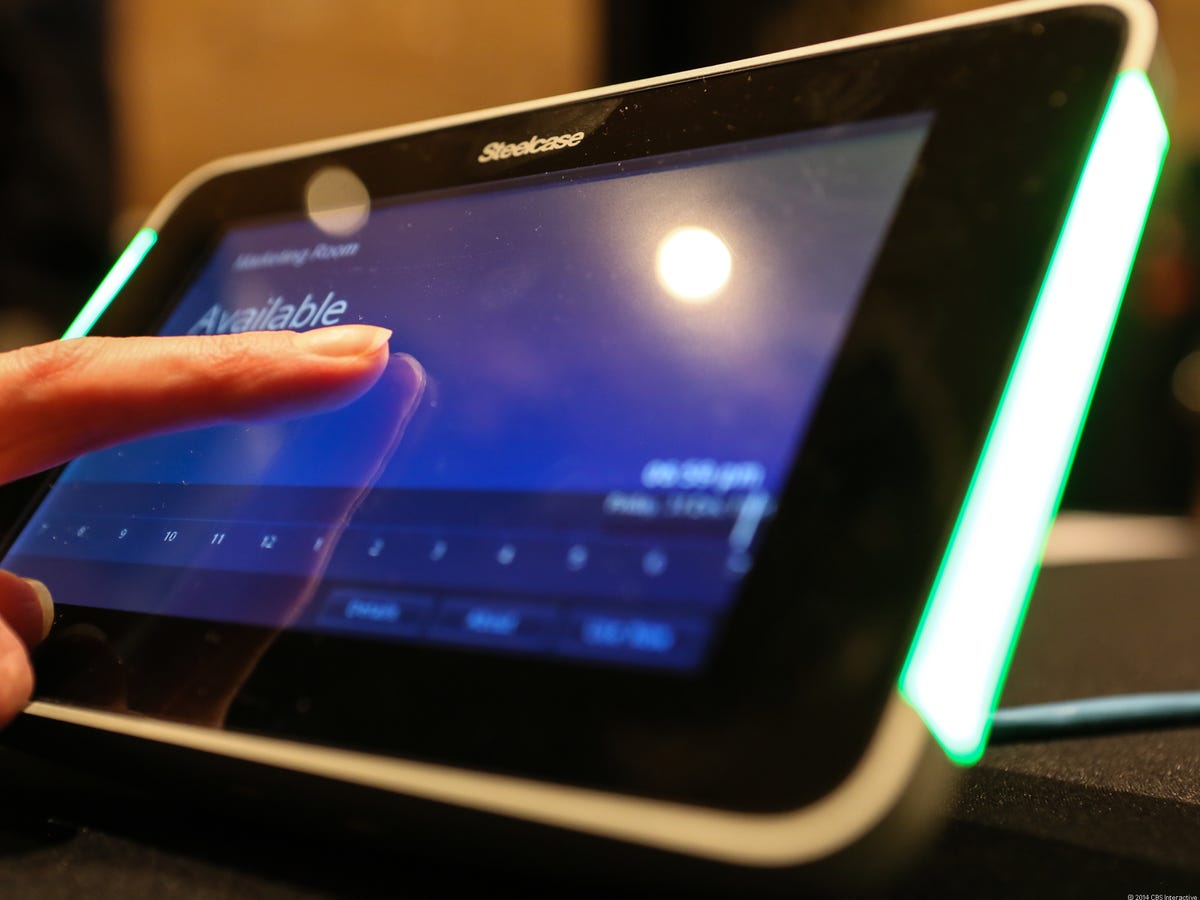

Now playing:
Watch this:
Bug-bashing Gorilla Glass, for the hypochondriac in you
1:53
LAS VEGAS — The smartphone industry’s dirty little secret? That your handheld device is a nice slick surface for hosting germs. Bacteria build-up is the next problem that glass-maker Corning wants to solve with its new Antimicrobial Gorilla Glass 3, unveiled here at CES 2014.
Originally discussed 11 months ago, CES is the first time that Corning demonstrated its germ-busting technology for the phone-loving masses.
By infusing ions of silver, a common antibacterial agent, directly into the chemically-strengthened glass, Corning says it can rebuff up to 99.9 percent of certain bacteria that like to make their home on your phone’s screen. Finger smudges are still a reality, unfortunately, but the glass does promise to keeps some buggers from latching on and building germy little colonies.
Related stories:
In a hospital setting, silver is considered an effective — if expensive — form of antibacterial wound care. Yet the use of tiny ions folded into the glass means that the cost of raw materials is relatively minimal; far less than 50 cents per phone.
So what about that other medical fear, the surge in superbugs that resist attempts to curb their spread? According to David Velasquez, Corning’s director of marketing and commercial operations, the use of silver ions in glass “is no different than the many other ways that society goes after bacteria, anything from washing hands…to advanced ways of going after bacteria.”
The grime test
At CES, Corning’s demo station included a swab kit that measures the amount of particles and stuff on a screen. A regular Gorilla Glass-topped phone got a score of 173, not too shabby, and the antimicrobial screen got a score of 169. Unfortunately, this demo doesn’t mean much, except that the grease contained in my finger smudges were almost identical on both devices.

Josh Miller/CNET
Corning points out that the “test” is shaky for a few reasons. First, the gunk-o-meter can’t discern what’s dirt and what’s bacteria that can get people sick. Second, the antimicrobial screen takes about an hour to repel bacteria, so my quick 1-2 test doesn’t actually mean a thing. Oh well, it was fun anyway.
But here’s where that swab test does come in handy. Corning has done it a lot, and amassed a whole heap of data about the dirtiest communal objects in Vegas, such as slot machines, which have a dirt score (as I’m calling it) of 300, elevator buttons (647), an automated cash machine (700), and, the worst offender? Condiment plungers, with a score of 1,850. That’s right, ladies and gents, ketchup can kill.
Does it really matter?
Will antimicrobial, bacteria-dispersing glass really make a difference in your everyday life? Maybe. Probably. Being transparent glass, bacteria-fighting covers are something you never see, and something you can’t necessarily tell is working. Yet it is something you can touch, and like handwashing and other basic hygiene, the less illness you notice, the better it works.



